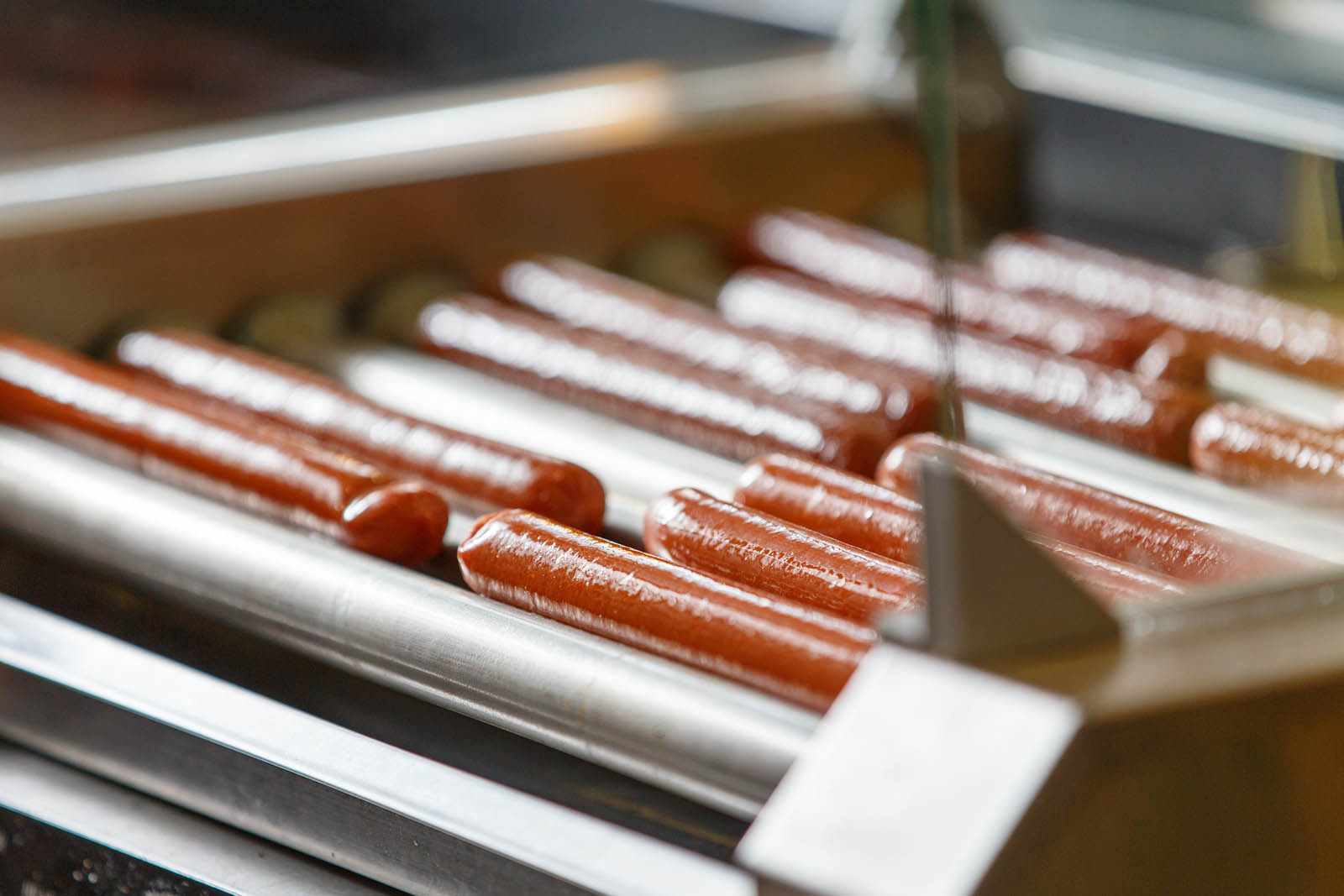
overview
A food service brand had a “jobs to be done” idea for prepared foods at convenience stores; the brand suspected there were more opportunities for the category than c-stores realized.
The client wanted to identify “white space” their category could fill for “jobs to be done,” and also establish themselves as the category experts. In order to approach c-store operators with category opportunities, they knew they needed an in-depth understanding of all hot food categories in c-stores.
So, they called C+R, who designed a study that uncovered new opportunities for growth and gave the client the information they needed to position themselves as experts.
THE PROBLEM
Looking for “White Space” Opportunities in C-Stores
A food service brand had a “jobs to be done” idea for prepared foods at convenience stores. While the brand is a player in several hot food categories, they wanted to identify opportunities for one particular hot food category where they saw the most room for growth.
The brand knew that certain categories were “givens” in c-stores, but they wanted to show that their category not only had a distinct place, but also could be incremental to categories already carried and purchased more frequently. The brand also knew that learning about all hot foods in c-stores would position them as experts, putting them in a place to advise c-stores on the proper hot foods assortment to carry.

OUR APPROACH
Getting to Know C-Store Consumers
C+R Research designed a robust online survey to help the client understand hot food purchases at c-stores across a variety of categories. A large sample of recent purchasers of hot foods at c-stores were asked specific questions about themselves (demographics) and the hot food categories they had purchased – including occasion specifics (where, when, etc.) and satisfaction.
Researchers analyzed the data by category, with the goal of understanding where categories could be incremental in terms of:
- Fulfilling unique days/dayparts
- Meeting different needs (“jobs to be done”)
- Being substitutable and/or adding to existing purchases
- Reaching a unique group of shoppers
Those who hadn’t bought the client’s category of interest were also asked about their intentions, as well as any purchase barriers.

The result
Opportunities for Growth, and a Few Challenges
Research confirmed that purchases of this category were less common than other c-store hot food purchases. The data also uncovered some new opportunities for expansion, along with a few challenges.
First, while there were “jobs to be done” unique to this category, they weren’t as important as other jobs. And, while the category performed well at the most important jobs, other categories had more ownership of a handful of the important jobs. C+R’s team identified that in addition to having unique jobs, the category could fulfill different days and dayparts better than other more frequently purchased hot foods.
The research showed where the category was incremental (inspiring additional purchases with hot foods, as well as other categories in the store); however, it also detected some challenges – most consumers would substitute another hot item if the category wasn’t available, and those who hadn’t tried the category had some hesitations around quality.
C+R’s findings provided the client with new direction as it continued its expansion efforts. The brand quickly got to work applying the research findings to target certain occasions/types of shoppers, encourage incremental purchases, and develop promotions and messaging.


proven experience
related case studies
